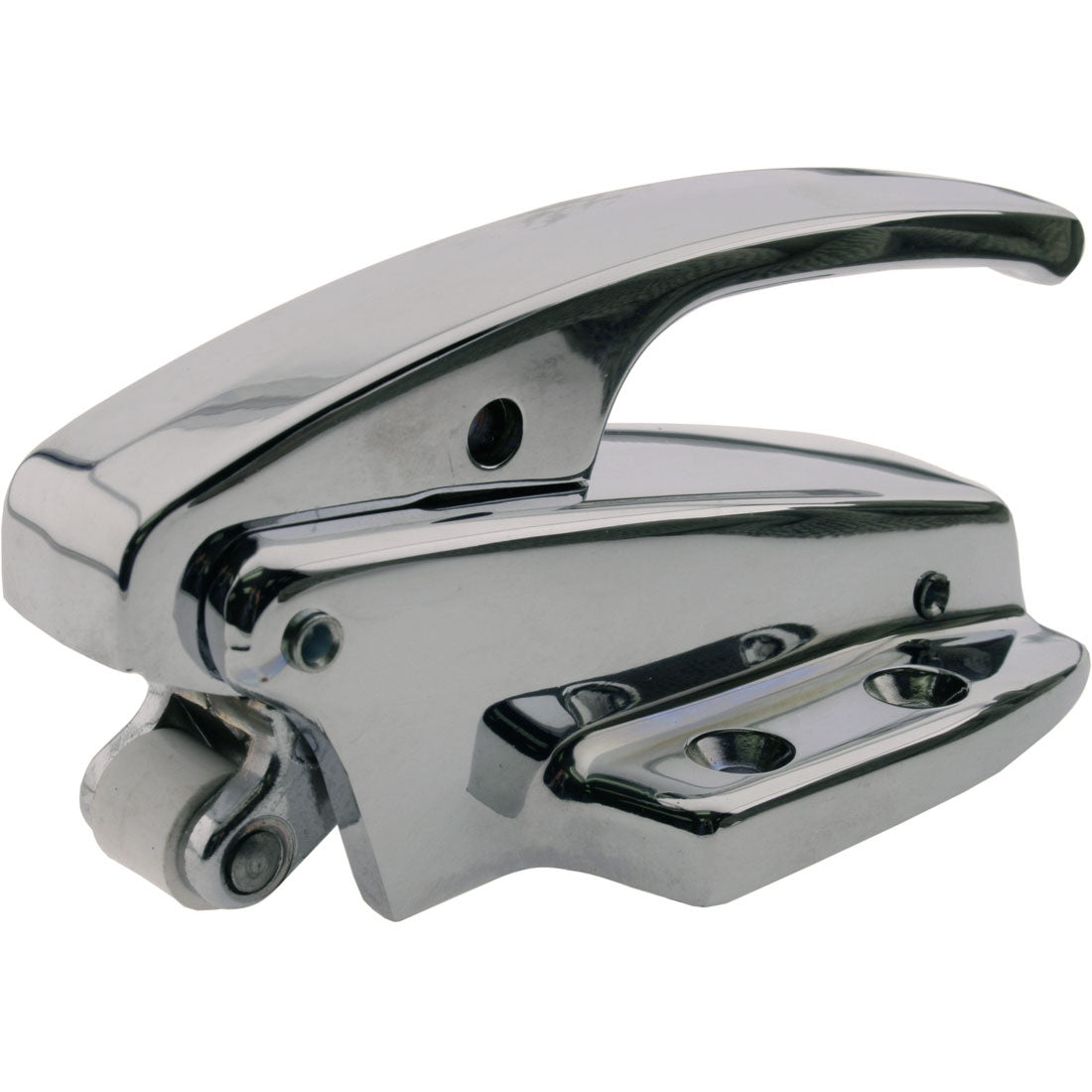Maximizing Energy Savings in Commercial Refrigeration: Top Tips
In the busy world of commercial refrigeration, maintaining optimal performance and energy efficiency is crucial.
Seal leaks in freezers and chillers can lead to significant energy losses, temperature instability, and increased operating costs. Addressing these issues not only ensures the longevity of your refrigeration units but also contributes to a more sustainable business operation. In this blog, we delve into the top solutions for seal leaks and inefficiency in commercial freezers and chillers, answering the most pressing questions to help you make informed decisions.

1. What Causes Seal Leaks in Commercial Freezers and Chillers, and How Do They Impact Energy Efficiency?
Common Causes of Seal Leaks
Seal leaks in commercial freezers and chillers are often the result of several factors:
- Poor-Fitting Seals and Gaskets: Low-quality or improperly installed seals fail to create an airtight closure, allowing cold air to escape.
- Wear and Tear: Over time, seals degrade due to constant exposure to extreme temperatures and frequent door openings.
- Installation Errors: Incorrect installation practices can compromise the effectiveness of seals, leading to leaks.
Impact on Energy Efficiency
Seal leaks have a direct negative impact on energy efficiency:
- Increased Energy Consumption: Refrigeration units must work harder to maintain desired temperatures, leading to higher energy bills.
- Temperature Instability: Fluctuating temperatures can result in inconsistent cooling, affecting product quality and safety.
- Higher Operating Costs: Continuous strain on refrigeration systems increases maintenance needs and utility expenses.
2. How Can Durable Rubber Seals and High-Quality Gaskets Enhance Airtightness and Reduce Operating Costs in Cold Storage Systems?

Importance of Durable Rubber Seals
Durable rubber seals are essential for maintaining airtight closures in commercial freezers and chillers. High-quality seals offer several benefits:
- Airtightness: Prevents the escape of cold air, ensuring consistent internal temperatures.
- Longevity: Resistant to wear and tear, durable seals maintain their integrity over extended periods.
- Energy Savings: By minimizing air leaks, refrigeration units operate more efficiently, reducing energy consumption.
3. What Are the Best Solutions and Maintenance Practices to Prevent Air Leaks and Ensure Temperature Stability in Freezers and Chillers?
Effective Solutions to Prevent Air Leaks
Implementing the right solutions is key to preventing air leaks and ensuring temperature stability:
- Upgrade Door Hardware: Installing robust door hardware enhances the tightness of seals, reducing the likelihood of leaks.
- Use Durable Rubber Seals and Gaskets: Selecting high-quality materials that resist degradation ensures long-lasting airtightness.
- Implement Automated Seal Testing: Utilizing technology to regularly monitor seal performance can identify issues before they escalate.
Maintenance Practices for Optimal Performance
Regular maintenance is crucial for maintaining seal integrity and preventing air leaks:
- Routine Inspections: Regularly check seals and gaskets for signs of wear, damage, or misalignment.
- Timely Replacements: Replace worn or damaged seals promptly to maintain airtight closures.
- Cleaning: Keep seals clean to ensure smooth operation and prevent deterioration.
4. Why Is Upgrading Door Hardware Crucial for Improving Energy Efficiency and Preventing Seal Failures in Commercial Refrigeration Units?
Role of Door Hardware in Seal Performance
High-quality door hardware plays a pivotal role in maintaining seal integrity:
- Enhanced Seal Tightness: Upgraded hardware ensures that doors close firmly, maintaining an airtight seal.
- Durability: Robust hardware is less likely to fail under frequent use, reducing the risk of seal leaks.
- Ease of Operation: Quality hardware provides smooth and consistent door movements, minimizing strain on seals and gaskets.
Benefits of Upgrading Door Hardware
Investing in premium door hardware offers multiple advantages:
- Energy Efficiency: Improved seal tightness directly translates to lower energy consumption and reduced utility costs.
- Extended Seal Lifespan: High-quality hardware reduces wear and tear on seals, prolonging their effectiveness.
- Operational Reliability: Reliable door hardware minimizes disruptions and maintenance needs, ensuring consistent refrigeration performance.
Best Practices for Selecting and Maintaining Seals
Adopting best practices ensures that seals and gaskets perform optimally:
- Choose the Right Materials: Select seals made from materials suitable for your specific application, considering factors like temperature range and usage frequency.
- Regular Training for Maintenance Staff: Ensure that maintenance personnel are knowledgeable about proper seal installation and upkeep techniques.
- Implement Preventative Maintenance Programs: Schedule regular maintenance tasks to inspect, clean, and replace seals as needed, preventing unexpected failures.
Conclusion
Addressing seal leaks and inefficiency in commercial freezers and chillers is essential for maintaining energy efficiency, reducing operating costs, and ensuring the safety and quality of stored goods. By understanding the common causes of seal leaks, investing in durable rubber seals and high-quality gaskets, upgrading door hardware, and adopting the latest technologies and best practices, businesses can optimize their refrigeration systems for maximum performance and sustainability.
Investing in these solutions not only enhances the longevity of your refrigeration units but also contributes to a more environmentally friendly operation. Regular maintenance and proactive management of seals and gaskets will ensure that your commercial freezers and chillers operate smoothly, providing consistent temperature control and significant energy savings.
On this Page
- 1. What Causes Seal Leaks in Commercial Freezers and Chillers, and How Do They Impact Energy Efficiency?
- 2. How Can Durable Rubber Seals and High-Quality Gaskets Enhance Airtightness and Reduce Operating Costs in Cold Storage Systems?
- 3. What Are the Best Solutions and Maintenance Practices to Prevent Air Leaks and Ensure Temperature Stability in Freezers and Chillers?
- 4. Why Is Upgrading Door Hardware Crucial for Improving Energy Efficiency and Preventing Seal Failures in Commercial Refrigeration Units?
- Conclusion



